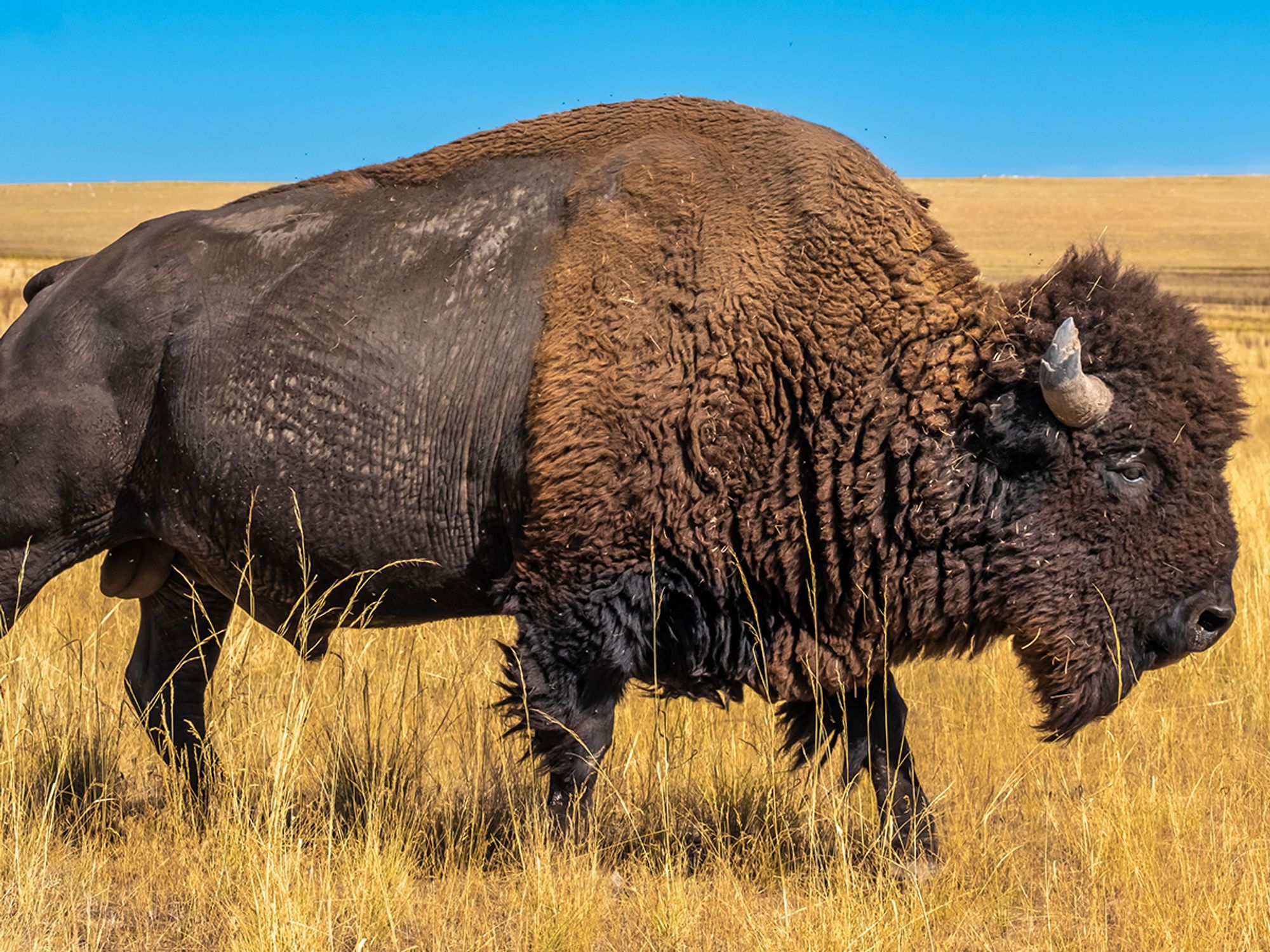Endagered Species Act (ESA)

- The goal of the ESA is to give guidance on how to preserve and protect endangered and threatened species and places they live in.
- USFWS and NOAA are the federal agencies that carry out ESA.
The Endangered Species Act (ESA) of 1973 is a major player for national and worldwide conservation. The goal of the act is to give guidance on how to preserve and protect endangered and threatened species and places they live in. The main federal agencies for carrying out ESA are:
- U.S. Fish and Wildlife Service (USFWS)
- The USFWS upkeeps a global list of endangered species, involving birds, insects, fish, reptiles, mammals, crustaceans, flowers, grasses, and trees.
- U.S. National Oceanic and Atmospheric Administration (NOAA) Fisheries Service
The law requires federal agencies, together with USFWS and/or the NOAA Fisheries Service, to guarantee that actions they approve, fund, or execute are not likely to risk the ongoing existence of any listed organisms or cause the destruction or negative change of important habitats of such wildlife. Also, the law forbids any action that results in the taking of any endangered species. Similarly, import, export, interstate, and foreign trade of listed species are usually all restricted.
By giving states financial assistance and incentives to create and upkeep conservation programs, ESA provides an opportunity to meet many of the United States’ international duties to treaties and conventions like the Convention on International Trade of Endangered Species of Wild Fauna and Flora (CITES) and the Western Hemisphere Convention.
